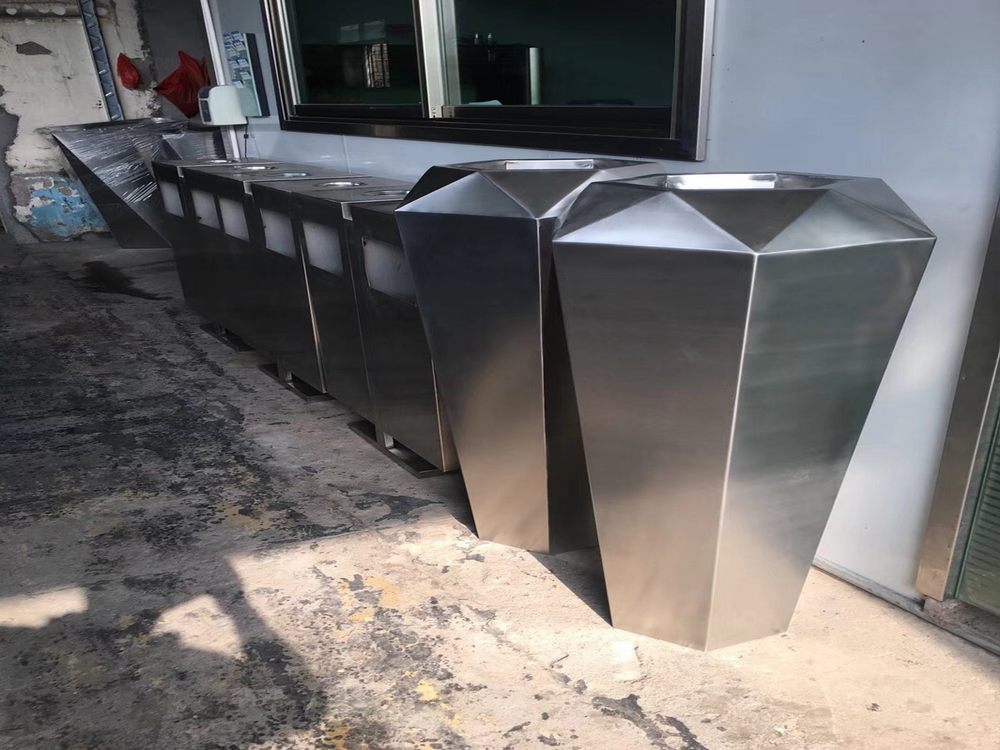
Metal sculptures are more than just visual art—they play a surprising role in shaping the acoustics of a space. Their reflective surfaces interact with sound waves, creating unique auditory effects that can enhance or disrupt the ambiance of a room.
The dense, hard surfaces of metal sculptures reflect high-frequency sounds, often adding brightness and clarity to a space. However, their lack of porosity means they contribute little to sound absorption, potentially increasing reverberation. Large, curved sculptures can diffuse sound waves, breaking up echoes and creating a more balanced acoustic environment.
Artists and architects often strategically place metal sculptures to manipulate sound paths, using them as natural sound deflectors or focal points in auditoriums and open-plan spaces. The sculpture's shape, size, and placement all influence its acoustic impact—angular pieces create distinct sound reflections while smooth, flowing forms produce softer diffusion.
In modern interior design, metal sculptures serve dual purposes: as striking visual elements and subtle acoustic modifiers. Their ability to transform both the look and sound of a space makes them powerful tools in creating immersive environments where art and functionality intersect.

